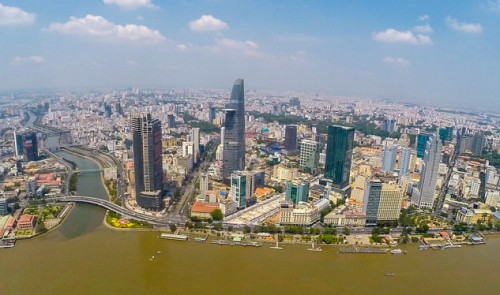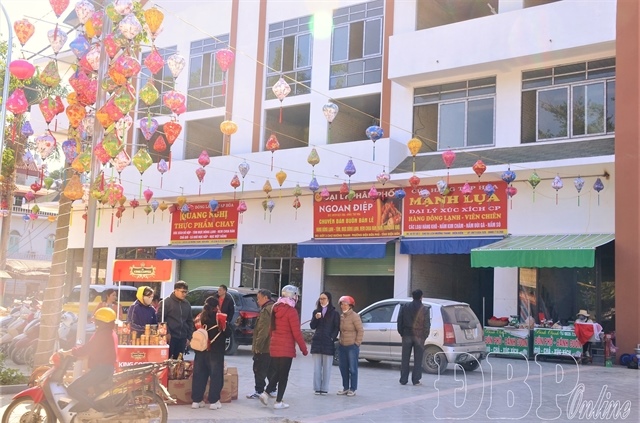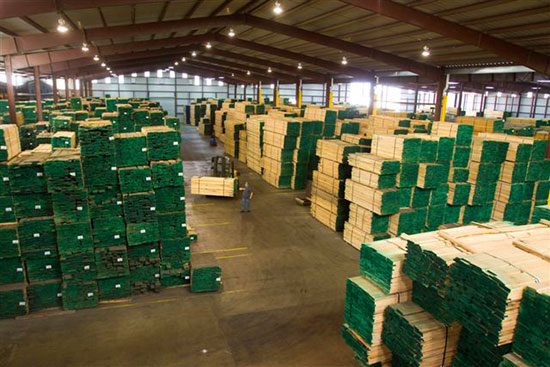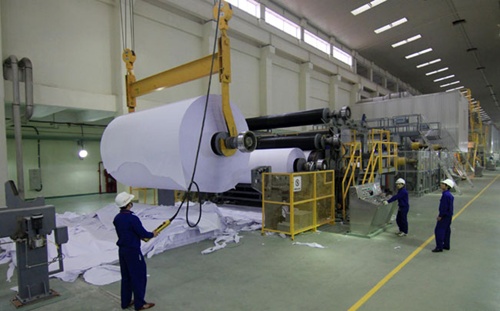Ho Chi Minh City region should sharpen competitive edge for economic breakthrough: pundit
Ho Chi Minh City region should sharpen competitive edge for economic breakthrough: pundit
As Vietnam is deeply integrating into the global and regional economy, the region covering Ho Chi Minh City and neighboring provinces have many opportunities for an economic breakthrough that it will likely miss if an acceleration is not in place, an expert in competitive advantage research told Tuoi Tre (Youth) newspaper in an interview.

As a researcher whose work focuses on comparing the competitive edges of Ho Chi Minh City with other municipalities around the world, Huynh The Du, a lecturer in public policy and the academic director of the Fulbright Economics Teaching Program, has shared with Tuoi Tre many recommendations for a better Ho Chi Minh City region.
Du’s suggestions will also be included in a draft report sent to the coming Ho Chi Minh City Party Congress.
The competitiveness of such a region can be measured by the excitement of its economic activities, as the place is a magnet for business operations which will lure a talented or skillful workforce and rich people from many other locales, he said.
The Ho Chi Minh City region covers the city itself and such provinces as Dong Nai, Binh Duong, Ba Ria-Vung Tau, and may be expanded to Long An and Tay Ninh Provinces later, to form a very strong magnet, the authority said.
The first four places, accounting for 15 percent of the population of Vietnam, are creating more than one-third of the country’s GDP and contributing 60 percent of the national budget, he pointed out.
Where is the Ho Chi Minh City region on the map?
Du said that the Ho Chi Minh City region stands in the lowest spot when it is compared with 12 cities considered its competitors in Asia, including Manila (the Philippines), Jakarta (Indonesia), Mumbai (India), Kuala Lumpur (Malaysia), Bangkok (Thailand), Taipei (Taiwan), Shanghai, Beijing (China), Seoul (South Korea), Tokyo (Japan), Hong Kong and Singapore.
So as to improve the ranking of the region, its leadership should start from clarifying which of them it will compete against and how it can keep pace with the rivals, Du asserted.
The government must change the mindsets of those local authorities, who are often in a position of competing with one another, to join forces for a bigger arena by creating a mechanism to link the region’s member localities, he said.
The next step is to focus on five areas that cities around the world are paying close attention to, Du said.
The areas include becoming the international headquarters coordinating the regional and global activities of multinational companies, financial centers, research and software development centers, research centers for life sciences combined with testing activities, and service hubs for global companies.
Challenges to be addressed
The biggest challenge is that the development of the Ho Chi Minh City region has failed to meet expectations while the city has the right to retain a very small amount of the total tax revenue it has contributed to the national coffers for infrastructure and economic growth.
Currently the city is allowed to keep a very little tax revenue, about US$3-4 billion a year, compared to the of its economy.
For example in 2012, Vietnam spent 23 percent of its GDP whereas Ho Chi Minh City was permitted to use only 9.5 percent of its own GDP.
This is a very small rate compared to the development needs of the city and far lower than the ratios in other cities like Singapore (15 percent), Beijing, Shanghai and Hong Kong (around 21 percent).
If regulations are changed, Ho Chi Minh City will have an additional $3 billion per annum in the next ten years, which will be enough for it to build a complete public transport system, among other important things.
In addition to forming a region with such strong competitiveness, authorities should develop a thriving downtown area with bigger stocks of high-grade offices for lease.
Moreover, Ho Chi Minh City officials must focus resources on building the Thu Thiem residential area in District 2 so that it can become a second center of the city besides the current downtown area, giving space to more services for development.
tuoitrenews




















